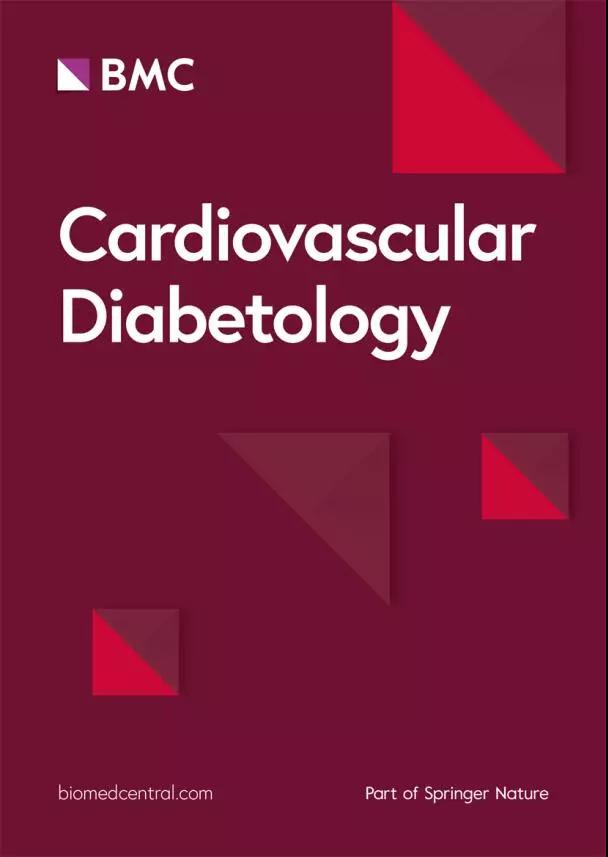Identification of potential therapeutic targets for nonischemic cardiomyopathy in European ancestry: an integrated multiomics analysis
IF 8.5
1区 医学
Q1 CARDIAC & CARDIOVASCULAR SYSTEMS
引用次数: 0
Abstract
Nonischemic cardiomyopathy (NISCM) is a clinical challenge with limited therapeutic targets. This study aims to identify promising drug targets for NISCM. We utilized cis-pQTLs from the deCODE study, which includes data from 35,559 Icelanders, and SNPs from the FinnGen study, which includes data from 1,754 NISCM cases and 340,815 controls of Finnish ancestry. Mendelian randomization (MR) analysis was performed to estimate the causal relationship between circulating plasma protein levels and NISCM risk. Proteins with significant associations underwent false discovery rate (FDR) correction, followed by Bayesian colocalization analysis. The expression of top two proteins, LILRA5 and NELL1, was further analyzed using various NISCM datasets. Descriptions from the Human Protein Atlas (HPA) validated protein expression. The impact of environmental exposures on LILRA5 was assessed using the Comparative Toxicogenomics Database (CTD), and molecular docking identified the potential small molecule interactions. MR analysis identified 255 circulating plasma proteins associated with NISCM, with 16 remaining significant after FDR correction. Bayesian colocalization analysis identified LILRA5 and NELL1 as significant, with PP.H4 > 0.8. LILRA5 has a protective effect (OR = 0.758, 95% CI, 0.670–0.857) while NELL1 displays the risk effect (OR = 1.290, 95% CI, 1.199–1.387) in NISCM. Decreased LILRA5 expression was found in NISCM such as diabetic, hypertrophic, dilated, and inflammatory cardiomyopathy, while NELL1 expression increased in hypertrophic cardiomyopathy. HPA data indicated high LILRA5 expression in neutrophils, macrophages and endothelial cells within normal heart and limited NELL1 expression. Immune infiltration analysis revealed decreased neutrophil in diabetic cardiomyopathy. CTD analysis identified several small molecules that affect LILRA5 mRNA expression. Among these, Estradiol, Estradiol-3-benzoate, Gadodiamide, Topotecan, and Testosterone were found to stably bind to the LILRA5 protein at the conserved VAL-15 or THR-133 residues in the Ig-like C2 domain. Based on European Ancestry Cohort, this study reveals that LILRA5 and NELL1 are potential therapeutic targets for NISCM, with LILRA5 showing particularly promising prospects in diabetic cardiomyopathy. Several small molecules interact with LILRA5, implying potential clinical implication.识别欧洲血统非缺血性心肌病的潜在治疗靶点:多组学综合分析
非缺血性心肌病(NISCM)是一项临床挑战,其治疗靶点有限。本研究旨在确定有希望治疗 NISCM 的药物靶点。我们利用了 deCODE 研究中的顺式-pQTLs(其中包括 35,559 名冰岛人的数据)和 FinnGen 研究中的 SNPs(其中包括 1,754 例 NISCM 病例和 340,815 例芬兰血统对照的数据)。为了估计循环血浆蛋白水平与 NISCM 风险之间的因果关系,我们进行了孟德尔随机化 (MR) 分析。对有重大关联的蛋白质进行了错误发现率(FDR)校正,然后进行了贝叶斯共定位分析。利用各种 NISCM 数据集进一步分析了前两种蛋白质 LILRA5 和 NELL1 的表达情况。人类蛋白质图谱(HPA)的描述验证了蛋白质的表达。利用比较毒物基因组学数据库(CTD)评估了环境暴露对 LILRA5 的影响,并通过分子对接确定了潜在的小分子相互作用。磁共振分析确定了 255 种与 NISCM 相关的循环血浆蛋白,其中 16 种在 FDR 校正后仍具有显著性。贝叶斯共定位分析确定 LILRA5 和 NELL1 具有显著性,PP.H4 > 0.8。在 NISCM 中,LILRA5 具有保护作用(OR = 0.758,95% CI,0.670-0.857),而 NELL1 则具有风险作用(OR = 1.290,95% CI,1.199-1.387)。在糖尿病、肥厚型、扩张型和炎症性心肌病等 NISCM 中发现 LILRA5 表达减少,而在肥厚型心肌病中 NELL1 表达增加。HPA 数据显示,正常心脏中的中性粒细胞、巨噬细胞和内皮细胞中 LILRA5 高表达,而 NELL1 表达有限。免疫浸润分析显示,糖尿病心肌病患者的中性粒细胞减少。CTD 分析确定了几种影响 LILRA5 mRNA 表达的小分子。其中,雌二醇、雌二醇-3-苯甲酸酯、钆喷酸、托泊替康和睾酮被发现能在类 Ig C2 结构域中的保守 VAL-15 或 THR-133 残基处与 LILRA5 蛋白稳定结合。这项研究以欧洲祖先队列为基础,揭示了 LILRA5 和 NELL1 是治疗 NISCM 的潜在靶点,其中 LILRA5 在糖尿病心肌病中的应用前景尤为广阔。有几种小分子与 LILRA5 相互作用,这意味着潜在的临床意义。
本文章由计算机程序翻译,如有差异,请以英文原文为准。
求助全文
约1分钟内获得全文
求助全文
来源期刊

Cardiovascular Diabetology
医学-内分泌学与代谢
CiteScore
12.30
自引率
15.10%
发文量
240
审稿时长
1 months
期刊介绍:
Cardiovascular Diabetology is a journal that welcomes manuscripts exploring various aspects of the relationship between diabetes, cardiovascular health, and the metabolic syndrome. We invite submissions related to clinical studies, genetic investigations, experimental research, pharmacological studies, epidemiological analyses, and molecular biology research in this field.
 求助内容:
求助内容: 应助结果提醒方式:
应助结果提醒方式:


